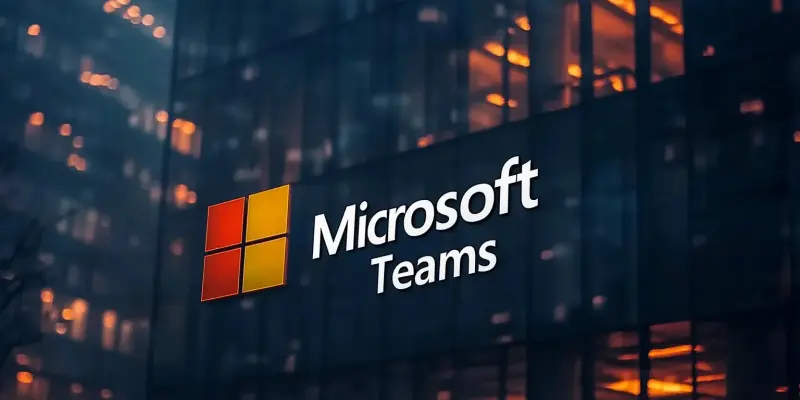Imagine logging into your Microsoft Teams account one morning, only to realize that an attacker has already infiltrated your system through a sophisticated social engineering scam. As unsettling as this scenario may seem, it highlights a new method hackers are using to gain unauthorized access to users’ systems. This attack type was recently analyzed by cybersecurity firm Trend Micro, revealing the intricate techniques involved.
The attack typically begins with a phishing email that deceives the recipient into believing it originates from a trusted client or colleague. The email often includes a link or request to initiate a Microsoft Teams call. Once the unsuspecting victim joins the call, the attacker, posing as an employee of a reputable firm, convinces them to download a remote support application, such as Microsoft Remote Support. In some cases, when the default application fails to install, the attacker suggests using AnyDesk, a legitimate remote desktop tool.
Upon successfully installing AnyDesk, the attacker gains complete control over the system, an access point used to deploy multiple suspicious files. Among these files, the most notable one is Trojan.AutoIt.DARKGATE.D, malware delivered through an AutoIt script. This script enables remote control, execution of harmful commands, and connection to a command-and-control (C2) server. The attacker can then use various system commands like systeminfo and ipconfig /all to gather critical system information, storing these details for further exploitation.
Sophisticated Defense Evasion Techniques
One of the key aspects of this attack involves the use of sophisticated defense evasion techniques, allowing the hacker to operate undetected. The malware begins by identifying and bypassing any installed antivirus software, a tactic designed to avoid immediate detection. The malicious files are strategically hidden in obscure directories within the system, making them harder to locate manually. Moreover, a specially crafted file named SystemCert.exe plays a crucial role in creating additional scripts and executables, which facilitate ongoing malicious activities.
These activities include connecting to the previously mentioned C2 server and downloading more harmful payloads onto the victim’s system. Each step of this attack is methodically planned to ensure the attacker’s presence remains hidden while they establish deeper control over the compromised system. Fortunately, in the case analyzed by Trend Micro, the attack was intercepted before it could lead to data exfiltration. Their investigation revealed no sensitive information had been stolen, though persistent files and Registry entries were left behind, signifying the need for robust cleanup procedures post-intrusion.
Preventative Measures and Recommendations
To prevent falling victim to such attacks, users should be vigilant and be wary of unexpected emails requesting actions, even if they appear to be from trusted sources. It is crucial to verify any unfamiliar contact or request through a different communication channel before proceeding. Ensure that multi-factor authentication (MFA) is enabled for all accounts and that security software is up to date. Regularly review and update security protocols to mitigate the risks associated with such social engineering schemes. Recognizing the signs of phishing and training employees to identify potentially suspicious activities can also be key in preventing these types of attacks.

